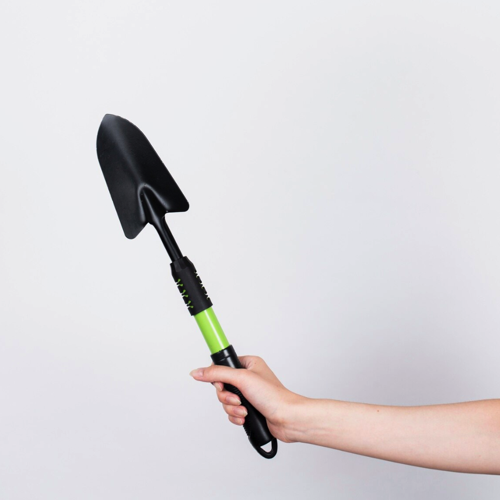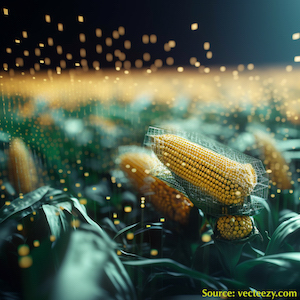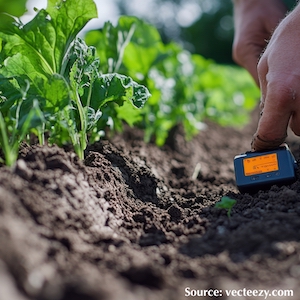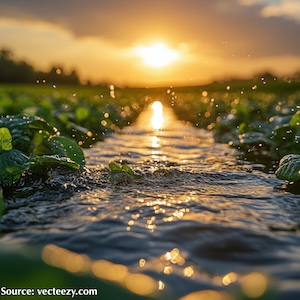Drag reduction design and experiments for the chisel-shaped shovel tip

All claims expressed in this article are solely those of the authors and do not necessarily represent those of their affiliated organizations, or those of the publisher, the editors and the reviewers. Any product that may be evaluated in this article or claim that may be made by its manufacturer is not guaranteed or endorsed by the publisher.
Authors
To address the issue of high resistance encountered by traditional chisel-shaped shovel tips during tillage, this study drew inspiration from the micro V-shaped structures found in shark skin. Using laser cladding technology, a V-shaped wear-resistant coating was applied to the front surface of the shovel, with different drag-reducing V-shaped structures achieved by controlling the coating overlap ratio H (including 20%, 40%, and 60%). Additionally, the rear surface of the shovel tip was designed to mimic the V-shaped morphology of shark skin, proportionally amplified, and given a certain backward tilt angle θ to further reduce resistance. Through the discrete element simulation experiments while maintaining θ at 0°, it was found that the shovel tip achieved the best drag reduction effect when H was 40%. Based on this, the study varied the values of θ (including 0°, 1°, 3°, and 5°) while keeping H at 40%. Discrete element simulation experiments were conducted at depths of 250mm, 275mm, and 300mm to analyze the disturbance effect, fragmentation effect, and resistance of the shovel tip. Considering all factors, the shovel tip with θ of 5° was selected as the optimal choice. Finally, a soil trench experiment was conducted to verify the performance of the V-shaped shovel tip with H of 40% and θ of 5°, as well as the chisel-shaped shovel tip, in tillage operations. The experimental results showed good agreement with the simulation results, and the designed V-shaped shovel tip achieved a maximum drag reduction of 12.87%. This design provides valuable references for the structural optimization of subsoiler, contributing to the improvement of their performance and efficiency.
How to Cite

This work is licensed under a Creative Commons Attribution-NonCommercial 4.0 International License.









